Sermons & Homilies
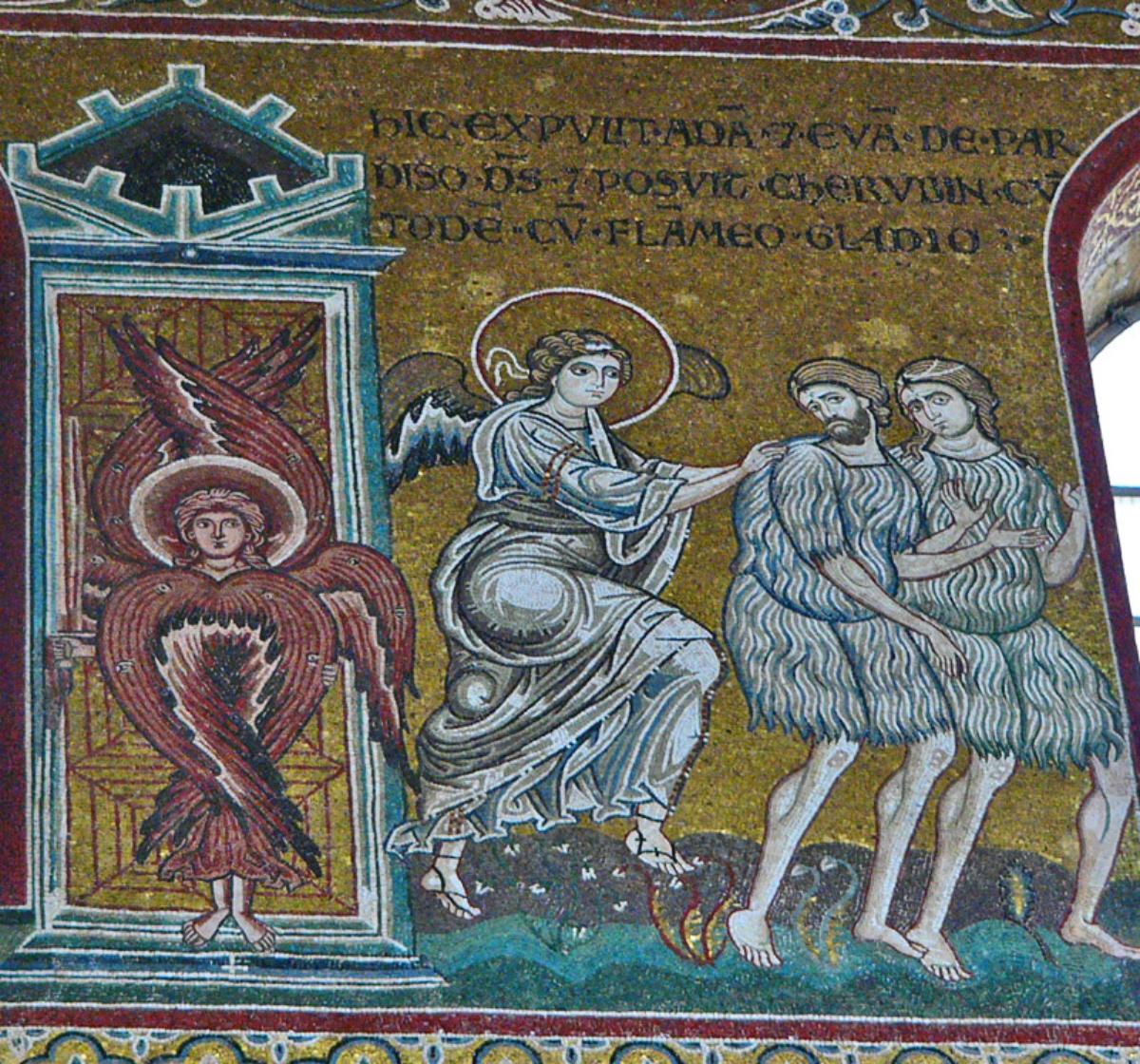
Today during Matins we heard for the third and final time this year the singing of the beautiful and haunting psalm “By the waters of Babylon.” This psalm tells us a story, the same story that comprises all of Scripture, from Genesis to Revelation. It is the story of our home, and of our exile from it. The psalm tells the story of the Israelites taken away captive into Babylon, weeping for the Jerusalem that was lost. This story is mirrored also in the Gospel readings of the three Sundays on which it is sung: it is the story of the Prodigal Son, “coming to himself” in the far country and remembering the Father’s house. It is the story of the Last Judgement, that great day on which all of us will return home, whether we will it or not. And above all, it is the story of Adam, weeping outside the gates of Paradise.
Continue reading
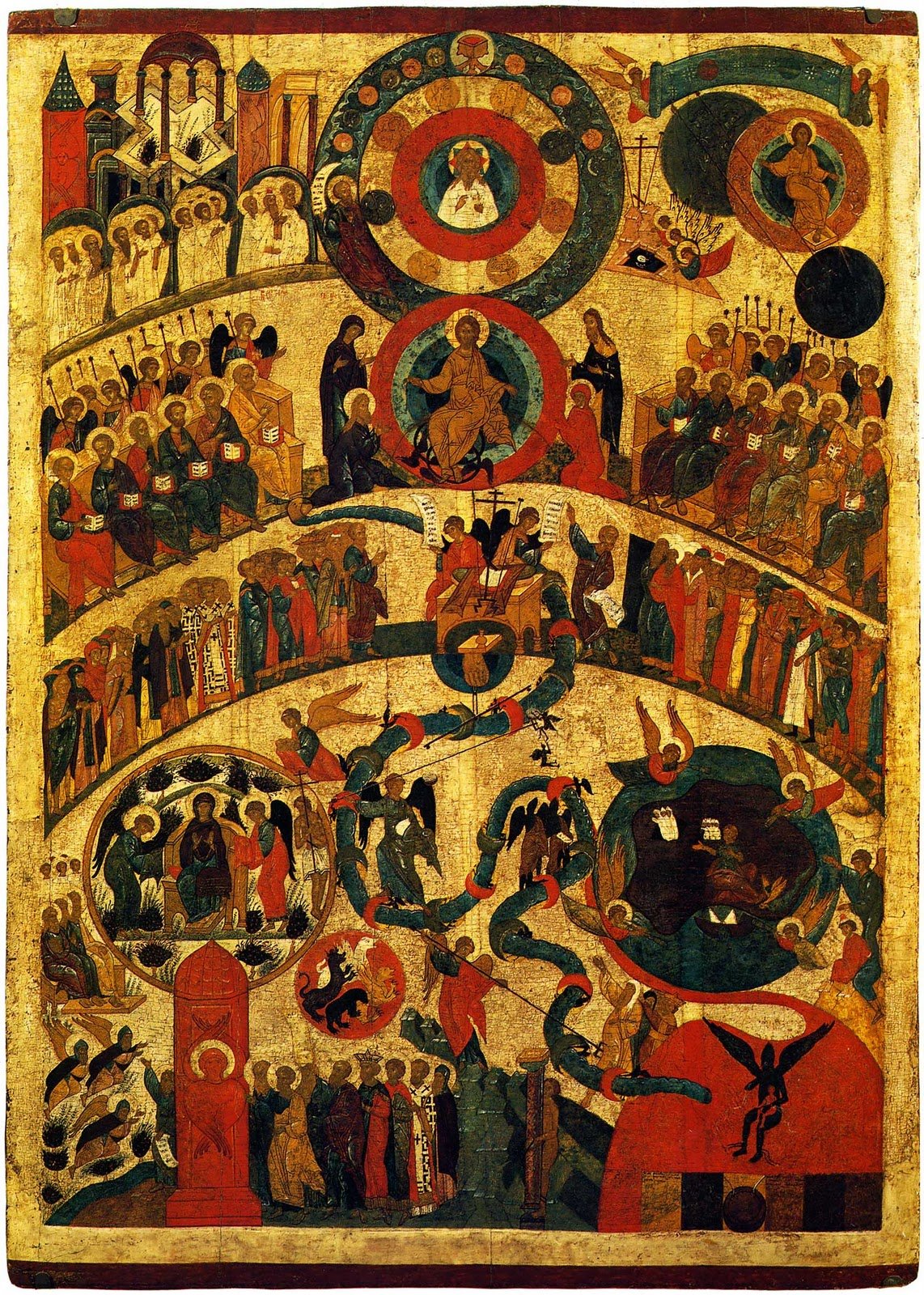
Today, we see heaven and earth passing away. We see them rolled up like a scroll. We see the elements melting on account of the divine fire of Christ the most glorious God-Man Who has come again to His creation in the same manner as He ascended from it. However, now He is seen by every eye. Now the veil of time and space, of heaven and earth, the veil of spiritual blindness, and of willful ignorance, all of these now are taken away, and every eye sees Christ.
Continue reading
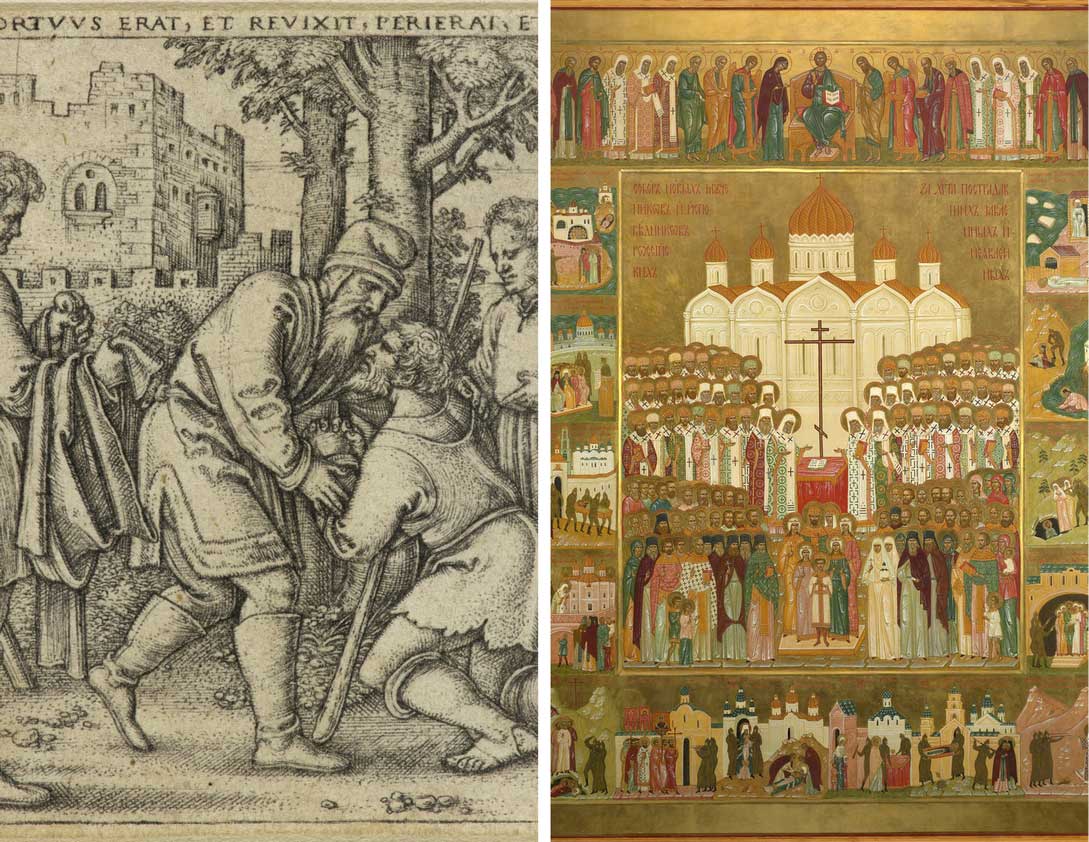
In the life of a martyr, the greatest of all virtues is seen – love - love for Jesus Christ. “Greater love has no man than this, than to lay down his life for his friends” (cf. John 15:13-14). And who is our supreme friend if not Christ? As He himself says, we are His friends, and not His servants, if we keep His commandments.
It is only through the lens of love that we can see that all things work together for good to those who love God, who are called according to His purpose. For God’s love and His purposes are less apparent to us in a life of pleasure and ease than they are in a life of hardship and suffering.
Where does this love begin? When we come to ourselves.
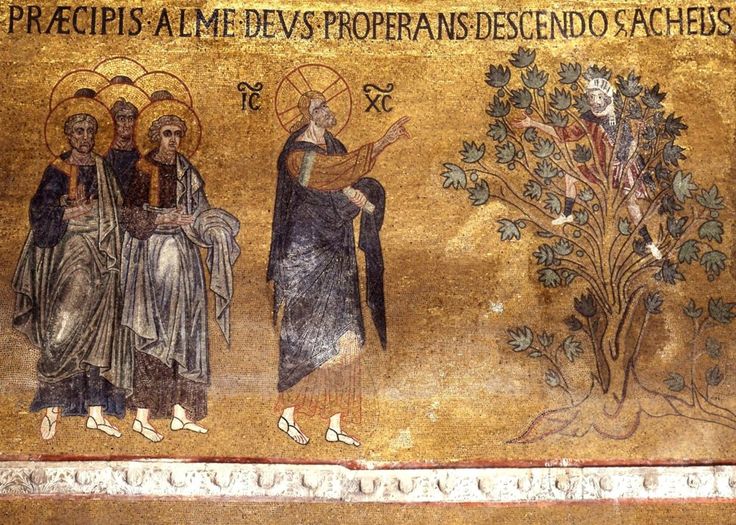
Today, as we stand at the threshold of Great Lent, the Holy Church gives to us in the Gospel story of Zaccheus an icon of the Lenten journey which lies ahead. It is precisely an icon, because everything happens as it were in a flash, in one single image passing before our eyes. We hear nothing of Zaccheus’ past, and after these few short verses he never again appears on the pages of the New Testament. In fact, it is only in St. Luke’s Gospel that we hear of him at all. Yet for all its brevity, this Gospel passage contains within itself the entire narrative of salvation.
Continue reading
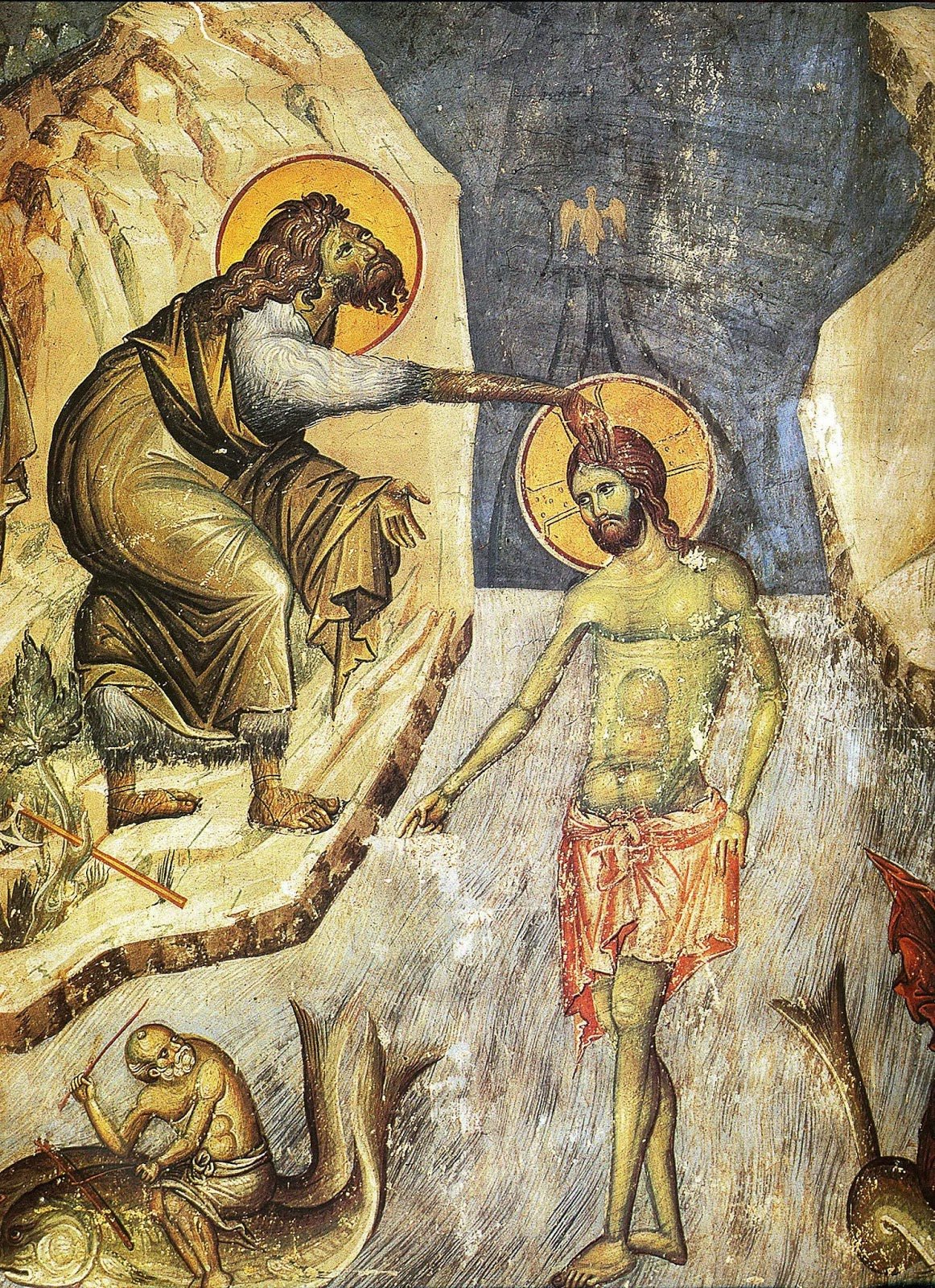
Of all the feasts of the church year, Theophany is one of the most ancient and important. In the early church, Theophany and Nativity were celebrated together on January 6. And they are both still intimately connected, as we can see in the similarity of the structure of the two services today. These two feasts are connected because both feasts call to mind the manifestation of Jesus Christ as the the Incarnate Son of God. At Nativity we behold Christ as a new born babe, lying in a manager, helpless and weak, yet still the Incarnate Word of God and Creator of all things.
Continue reading

